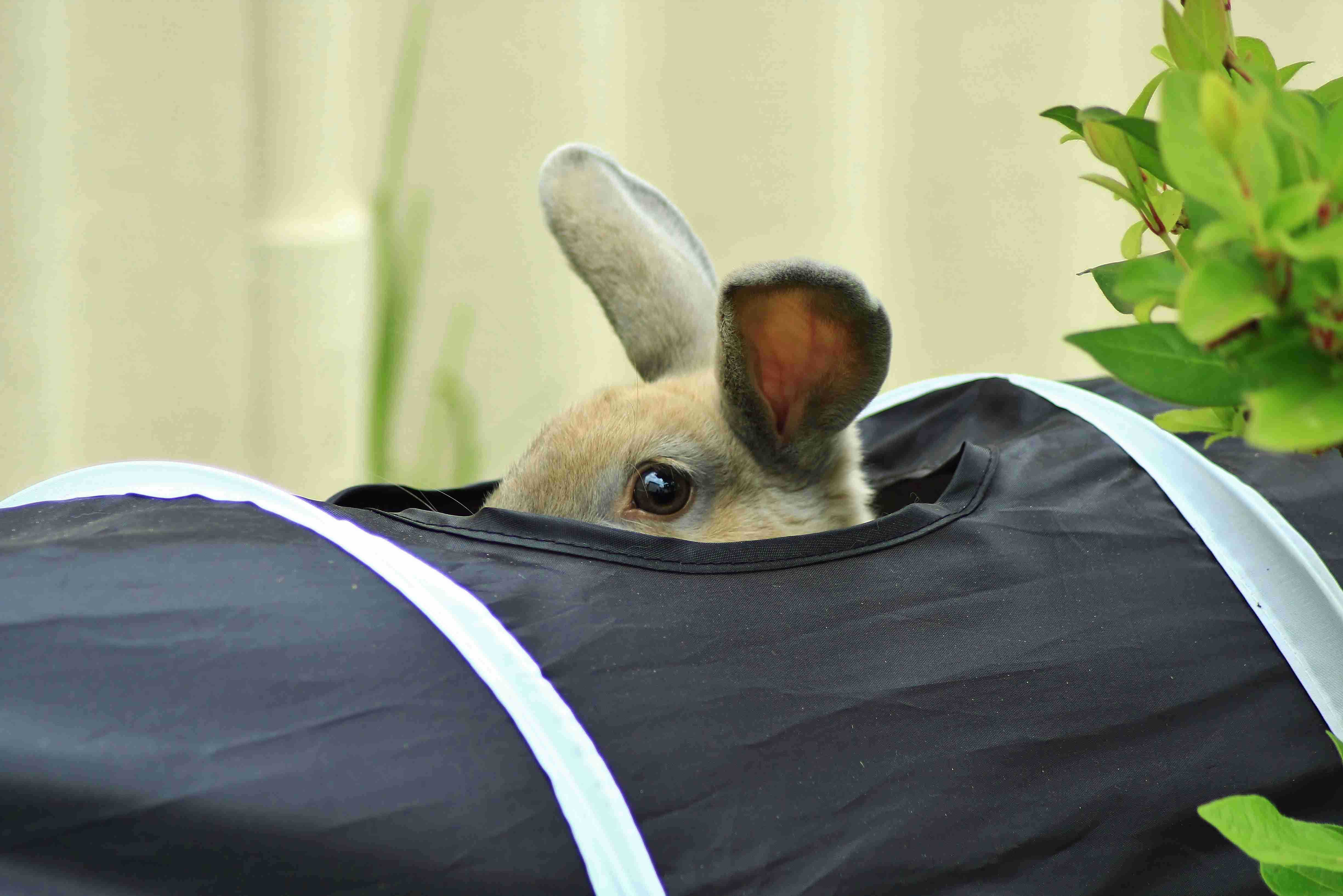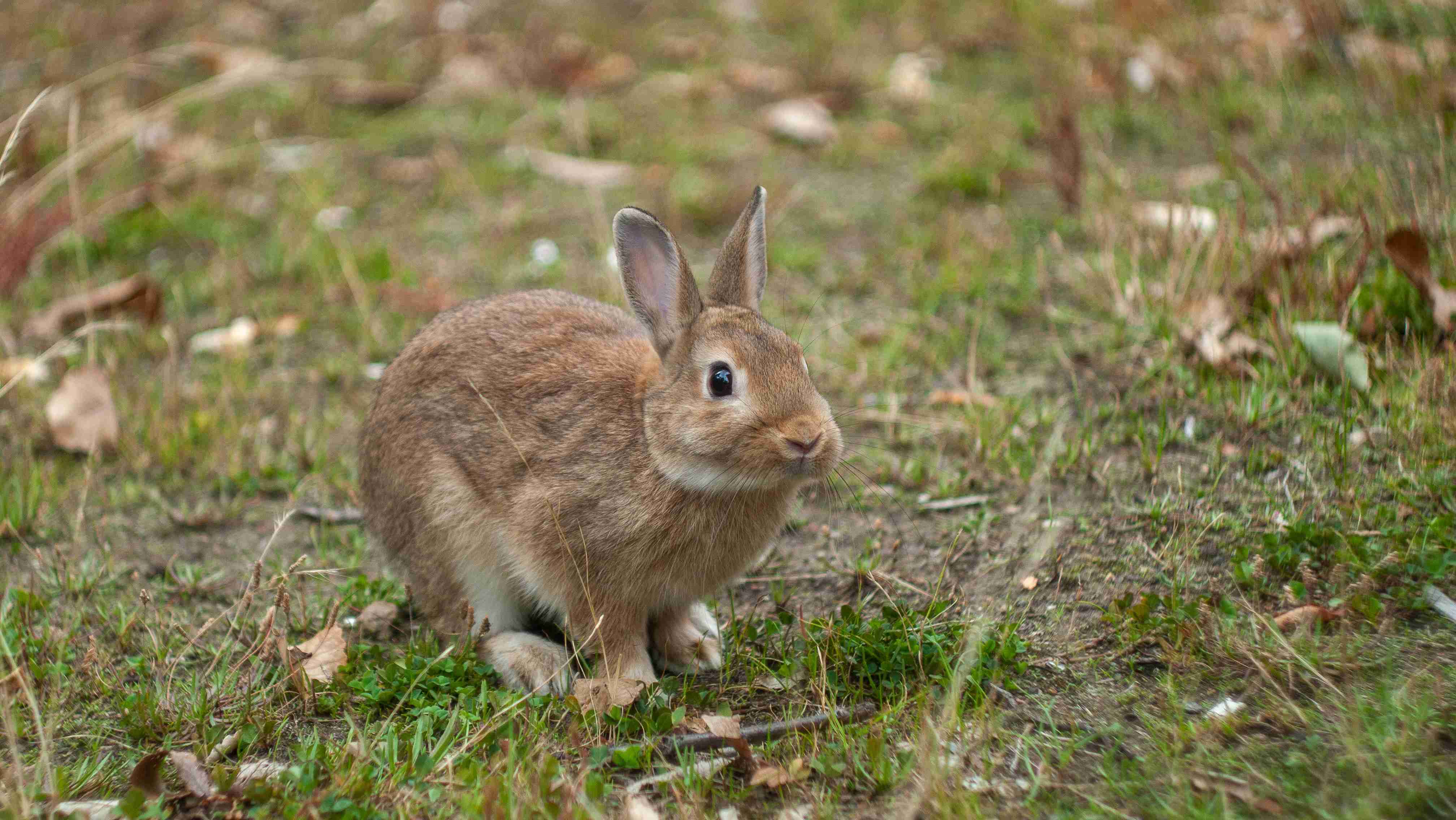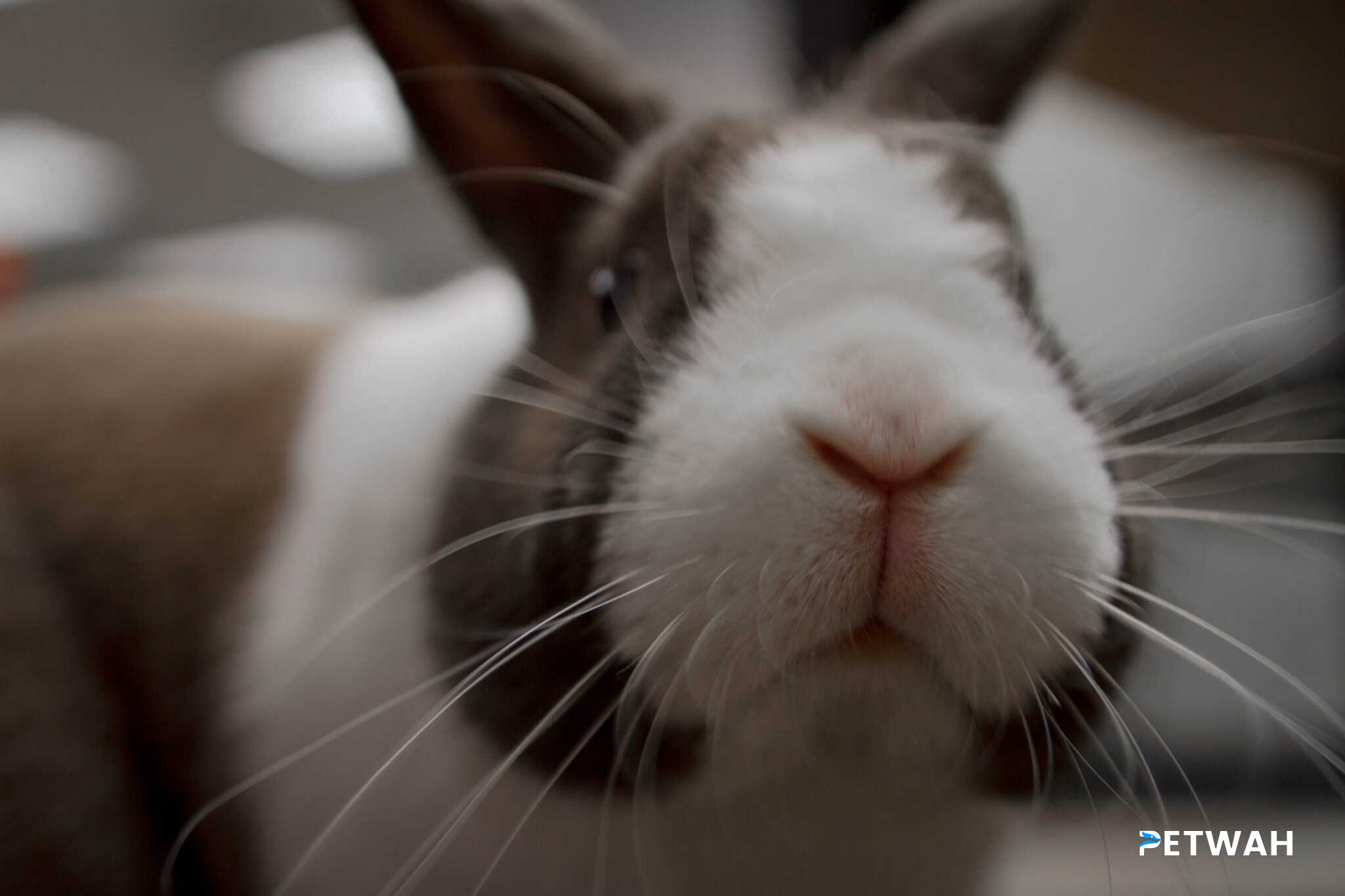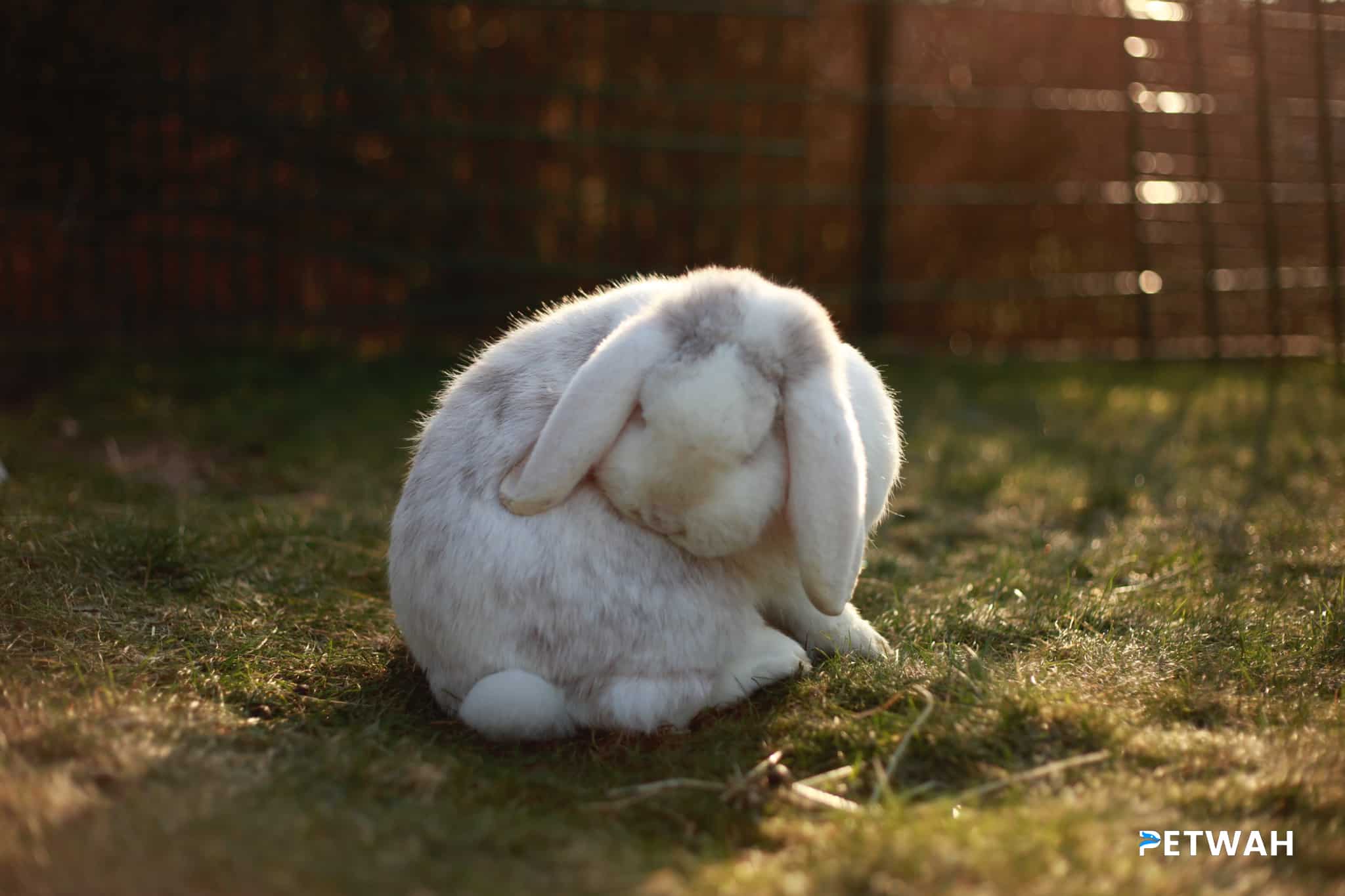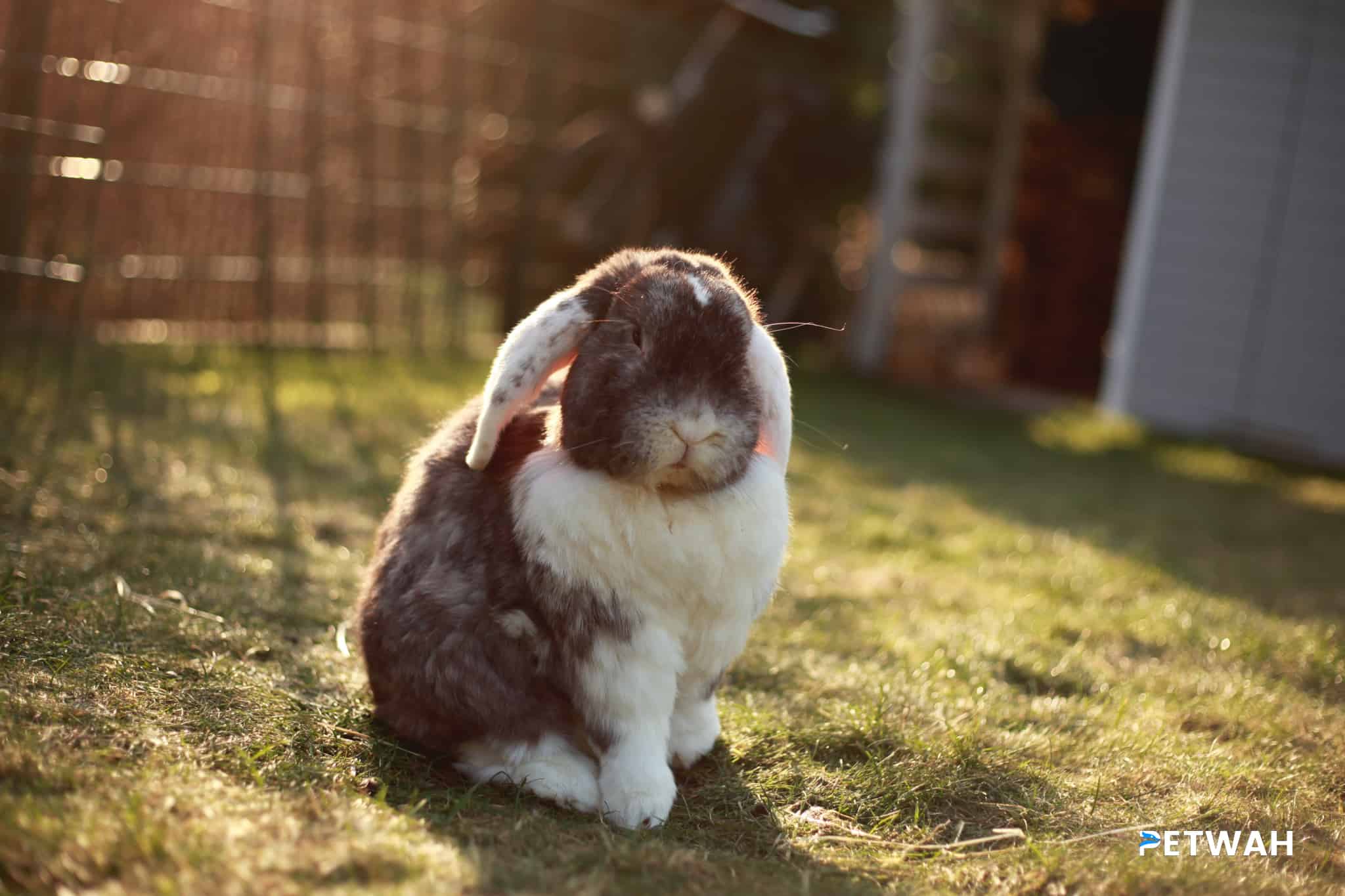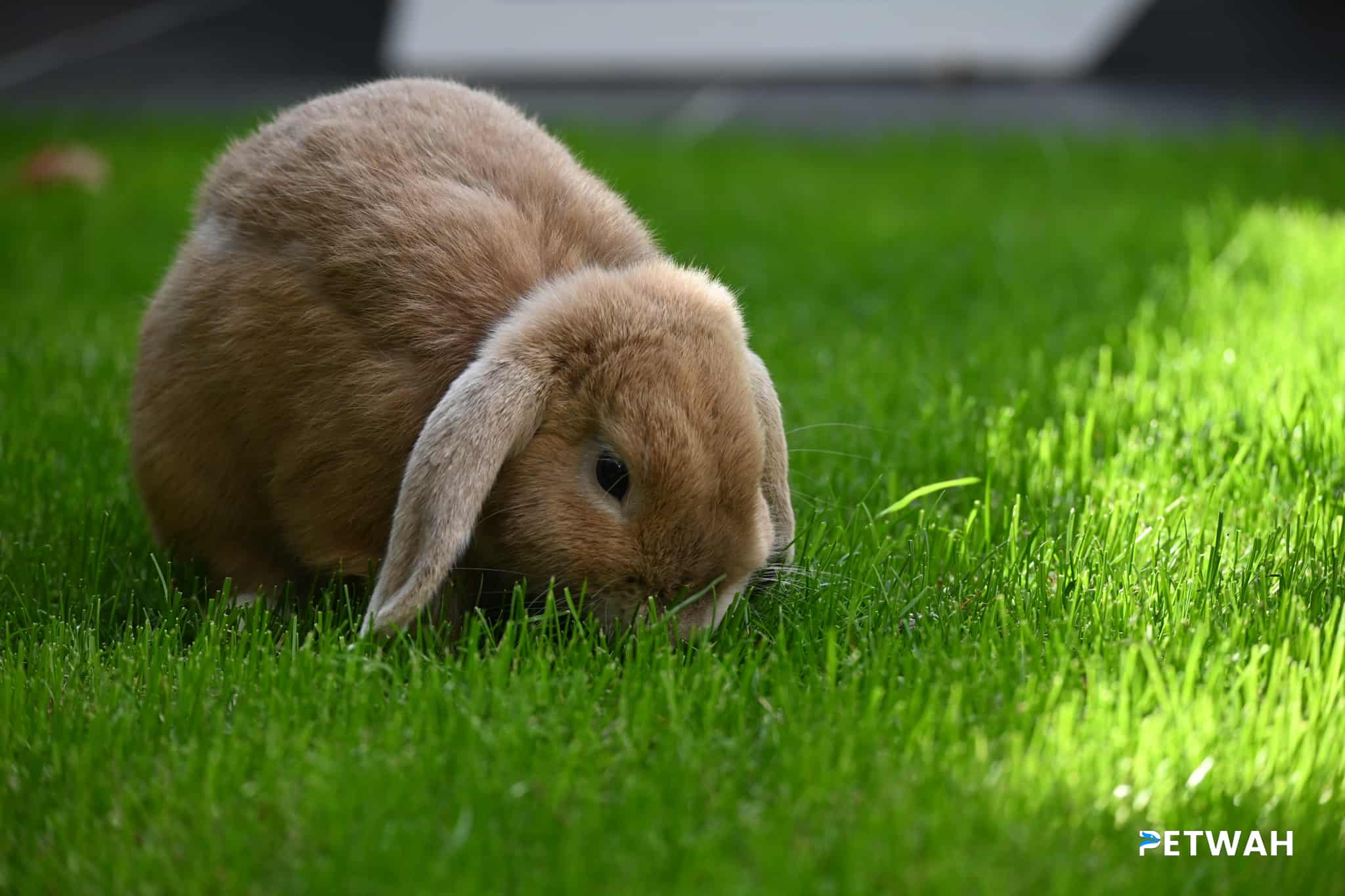Rabbits are adorable and make great pets, but just like any other animal, they can experience pain and discomfort. Unfortunately, rabbits are prey animals and have evolved to hide their pain as a survival instinct. This means that as a rabbit owner, it can be challenging to tell if your furry friend is in pain. However, it’s crucial to be aware of the signs of pain and discomfort in rabbits so that you can quickly identify and treat any health issues that arise. In this comprehensive guide, we will explore the various symptoms and behaviors that indicate pain and discomfort in rabbits, helping you to provide your pet with the care they need to live a happy and healthy life.
As pet owners, it is our responsibility to ensure that our furry companions are happy and healthy. However, unlike dogs and cats, rabbits are not as vocal about their discomfort and pain. As a result, it can be challenging to determine if your rabbit is in distress. In this comprehensive guide, we will discuss the signs of pain and discomfort in rabbits to help you take the necessary steps to keep your bunny healthy and happy.
1. Changes in Behavior
Rabbits are creatures of habit, and any change in their behavior can be an indication of pain and discomfort. Some common changes to look out for include:
– Hiding: If your usually social rabbit suddenly starts hiding, they may be in distress.
– Lethargy: A lack of energy and motivation to move or play can be a sign of discomfort.
– Aggression: If your rabbit becomes aggressive or irritable, it may be because they are in pain.
2. Changes in Eating and Drinking Habits
Rabbits have a delicate digestive system, and any changes in their eating and drinking habits can be an indication of pain and discomfort. Some common changes to look out for include:
– Loss of appetite: If your rabbit stops eating or has a reduced appetite, it could be because of dental problems, gastrointestinal issues, or other underlying health issues.
– Increased water consumption: If your rabbit is drinking more water than usual, it could indicate underlying health problems such as kidney disease or diabetes.
– Constipation or diarrhea: Any changes in your rabbit’s stool, such as constipation or diarrhea, can be a sign of gastrointestinal problems.
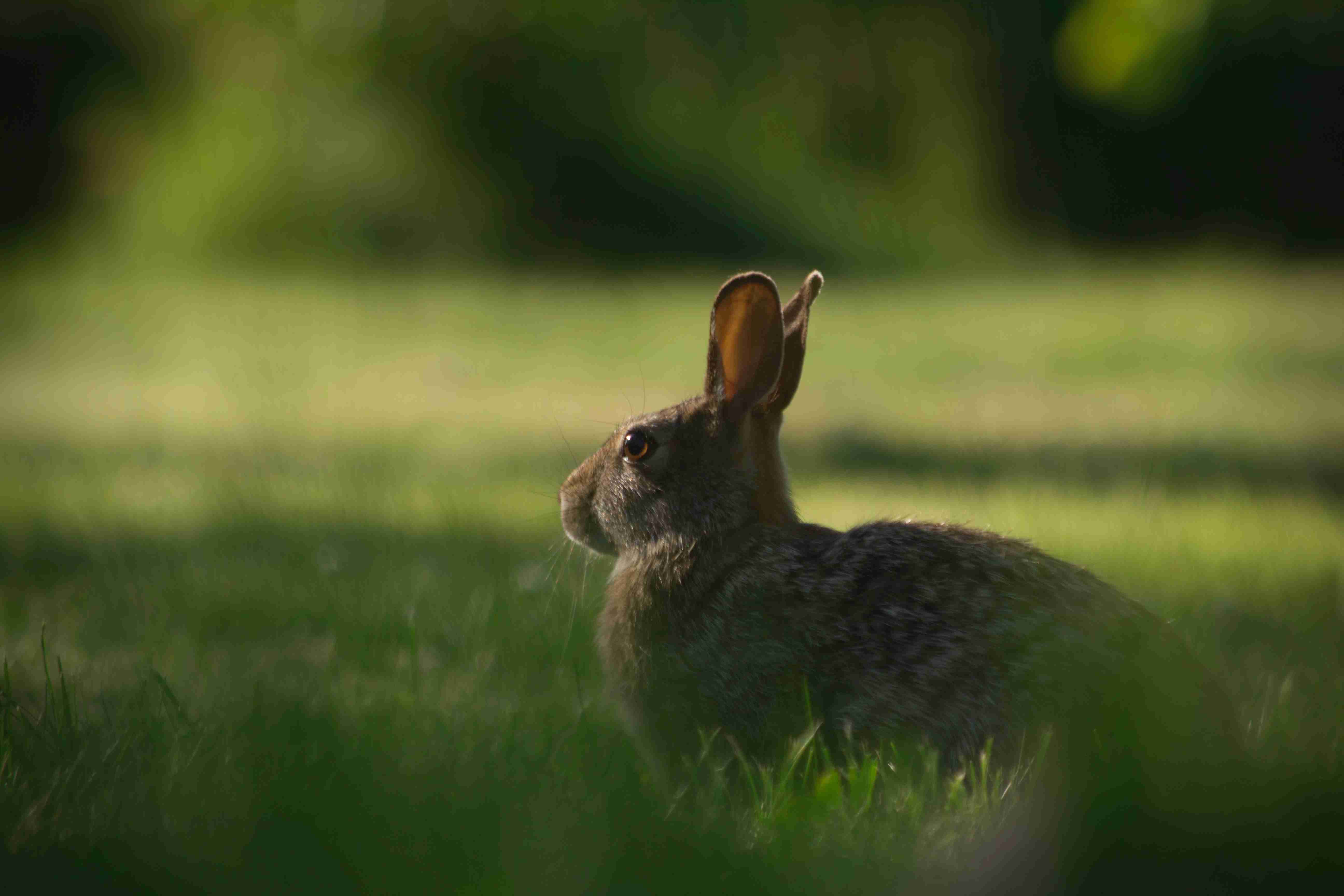
3. Changes in Physical Appearance
Changes in your rabbit’s physical appearance can also be an indication of pain and discomfort. Some common changes to look out for include:
– Hunching: If your rabbit is hunched over, it could be because they are in pain.
– Eye discharge: If your rabbit’s eyes are watery or have discharge, it could be because of an underlying health issue.
– Overgrown nails: Overgrown nails can cause discomfort and pain to your rabbit.
4. Changes in Vocalization
Unlike dogs and cats, rabbits are not very vocal animals. However, if your rabbit starts vocalizing more than usual, it could be a sign of pain or discomfort. Some common vocalizations to look out for include:
– Grinding teeth: This is a common sign of pain in rabbits. If your rabbit grinds its teeth, it could be because of dental problems or other underlying health issues.
– Whimpering: Whimpering or moaning can be a sign of pain in rabbits.
Overall, knowing the signs of pain and discomfort in rabbits is essential in ensuring their well-being. If you notice any of the above changes in your rabbit’s behavior, eating and drinking habits, physical appearance, or vocalization, it is essential to take them to a veterinarian as soon as possible. Remember, early detection is key to preventing and treating any health issues in your furry companion.
In conclusion, understanding the signs of pain and discomfort in rabbits is crucial for any responsible rabbit owner. By knowing what to look out for, you can quickly identify any issues and seek veterinary attention if necessary. Remember to always keep an eye on your rabbit’s behavior and habits, and provide them with a comfortable and safe living environment. With the right care and attention, your furry companion can live a happy, healthy, and pain-free life.


